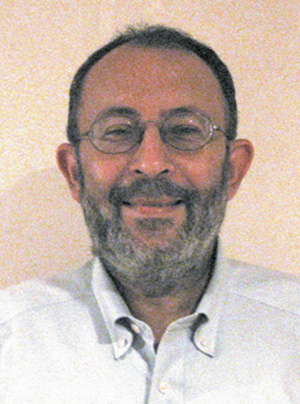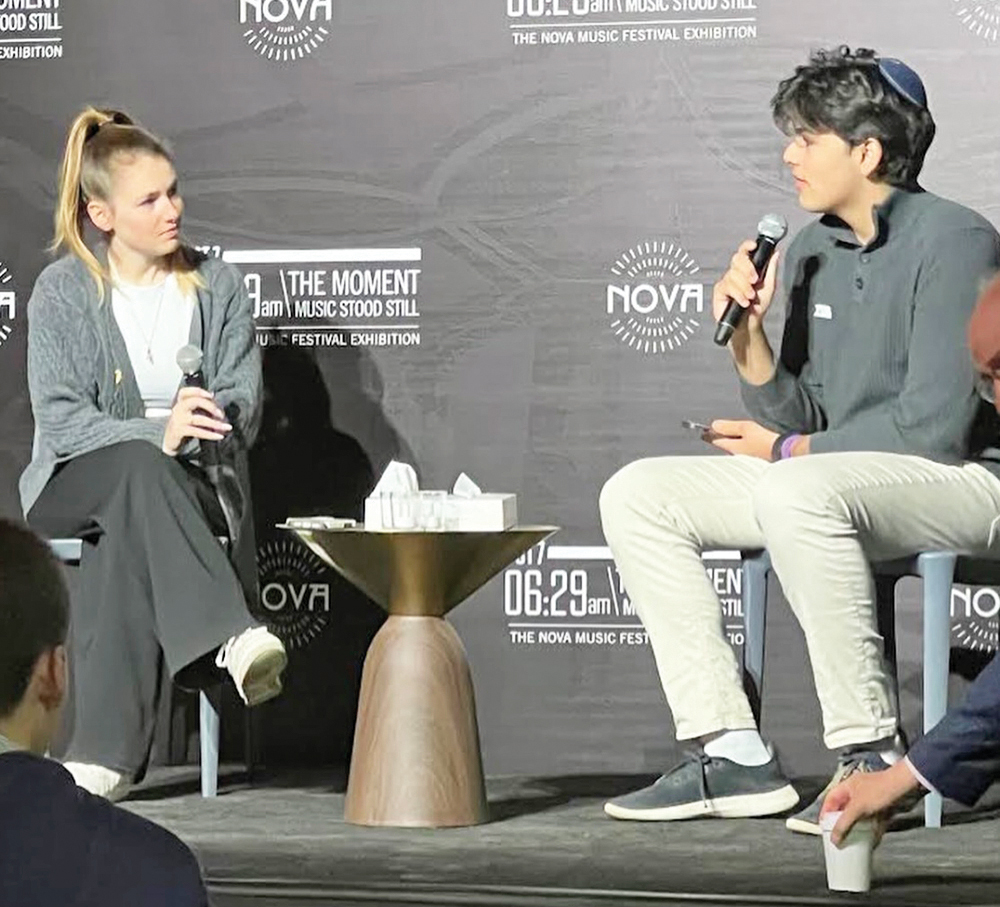
This is my third column in the Jewish Link on Aleinu. Two years ago, I wrote a column explaining that the original text in Aleinu did not spell le-taken olam with a kof (to repair the world), but spelled it with a caf: to establish a world. Last year, I wrote a column explaining that Aleinu was originally composed as a Rosh Hashanah prayer, and only began to make its way into the end of the daily Shacharit in the 12th century (our earliest source: Machzor Vitry, from France). I also explained how it took several more centuries for it to become widely accepted at the end of the daily Maariv and Mincha. Now I will address the more fundamental question of who authored Aleinu.
There is a statement found in many Rishonim that Joshua was the author of Aleinu. This statement first appears in a commentary by R. Judah he-Hasid (d. 1217), but he does not claim to be reporting an earlier tradition. Rather, this is merely something that he opined on his own. But once he gave this opinion, it became widely quoted.
It is easily seen from the language of Aleinu that it could not date as early as the time of Joshua. For example, Ha-Kadosh Baruch Hu was not yet an appellation for God in the Biblical period. Moreover, the term olam did not mean “world” until the late Biblical period. Finally, Aleinu cites and paraphrases verses found in the book of Isaiah. Isaiah lived many centuries after Joshua.
Rather than relying on the conjecture of R. Judah he-Hasid, we have a much better source for the authorship of Aleinu: a passage in the Jerusalem Talmud at Rosh Hashanah 1:3. This passage refers to Rav, the well-known early Amora (3rd century CE), as the author of the introductory sections to zichronot, malchuyot and shofarot. The phrase used by the passage here is tekiata de-Rav—“the Rosh Hashanah piyyut of Rav.” (A similar passage is found in the Jerusalem Talmud at Avodah Zarah 1:2.) Aleinu today serves as the introductory section to malchuyot. Now, we do not know for certain that the introductory sections that we recite today were the same as the ones recited at the time of the Jerusalem Talmud. But most probably this is the case. What supports this is that the Jerusalem Talmud quotes a sentence from the introductory section to zichronot that was recited in its time and the sentence quoted is part of the introduction to zichronot recited today. Therefore, most likely, the introduction to malchuyot that they recited was the same as ours as well, i.e., Aleinu.
Was Aleinu composed with Christianity in mind? Although Rav gained prominence in Babylonia, he was earlier a student of R. Judah Ha-Nasi in Israel. It is therefore possible that Aleinu was composed with Christianity in mind. (Also, although Christianity was not well established in Babylonia, it was by no means absent.)
Can we find other evidence that places Aleinu near the time of Rav? A crucial clue is the phrase lirot meherah be-tiferet uzecha. Although tiferet uzecha literally refers to “splendor” and “might,” it is actually an allusion to the Beit Hamikdash. What we are doing in the phrase lirot meherah be-tiferet uzecha is asking to see, speedily, a rebuilt Beit Hamikdash. How do we know that tiferet uzecha is an allusion to the Beit Hamikdash? There are several verses that indicate this. For example, every Kabbalat Shabbat we read from Tehillim 96:6: oz ve-tiferet be-mikdasho. I also refer you to Tehillim 63:3 and 78:60-61, and Isaiah 60:7 and 64:10. Our author of Aleinu was trying to include a prayer for the speedy rebuilding of the Temple and wanted to do so in poetic, flowery language. But, instead, his point became lost! One authority who realized that this is the proper interpretation of tiferet uzecha in Aleinu is R. David Abudarham (14th century). If you have any doubt as to the propriety of this interpretation, the use of the term meherah here, a term often used in connection with requests for the rebuilding of the Beit Hamikdash, should persuade you.
I have just shown that the second paragraph of Aleinu, where the phrase lirot meherah be-tiferet uzecha is found, was composed post-70 CE. (Do not tell me that perhaps the second paragraph of Aleinu was written post-586 BCE. Anyone who studies the language of Aleinu realizes that it is the language of the Tannaitic or Amoraic period, and not the language of several centuries earlier.) What about the first paragraph?
Here the issue is whether both paragraphs of Aleinu were composed at the same time. It is widely observed that the first paragraph of Aleinu focuses on the present while the second paragraph focuses on the future. It is also widely observed that the two paragraphs complement one another and fit together well. Even adding both paragraphs together, it is not a long prayer. The fact that both paragraphs go well together suggest that both were composed at the same time. (One prayer is allowed to have two thoughts: first, a focus on the present and then a focus on the future. It is ridiculous to suggest this distinction as a basis for different authorship!) Critically, both paragraphs cite from the same chapter in Isaiah, Chapter 45. U-mitpalellim el el lo yoshia is a quote from Is. 45:20, and tichra kol berech tishava kol lashon is adapted from 45:23.
It is possible that there was a separate, later author of the second paragraph who composed a paragraph that fits nicely with the first paragraph and cited from Isaiah Chapter 45 to parallel what the first author did. But this is the less-likely scenario. The more-likely scenario is that one author who had Isaiah Chapter 45 in front of him composed both paragraphs, paragraphs that all agree fit well together. Therefore, most likely both paragraphs were written post-70 CE.
Of course, we cannot prove that Aleinu was composed in precisely the 3rd century CE, the time of Rav. But it is noteworthy that the ha-Melech ha-Kadosh and ha-Melech ha-Mishpat changes for the Ten Days of Repentance are also recorded in the name of Rav. See Berachot 12b.
Finally, I have to mention that the Artscroll siddur cites a responsum attributed to R. Hai Gaon (d. 1038) that includes a statement that Aleinu was composed by Joshua. But scholars today realize that the line in question was an interpolation, added several centuries later (probably by someone influenced by the statement of R. Judah He-Hasid).
For a further discussion of all of these matters, see my book, “Esther Unmasked” (2015) pp. 17-29.
Mitchell First is an attorney and Jewish history scholar. His recently published book, “Esther Unmasked: Solving Eleven Mysteries of the Jewish Holidays and Liturgy” (Kodesh Press, 2015) is available at the Judaica House in Teaneck and at amazon.com. He can be reached at [email protected].
For more articles by Mitchell First, and information on his books, please visit his website at rootsandrituals.org.













